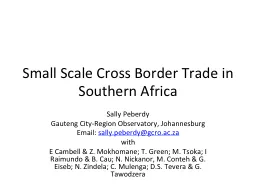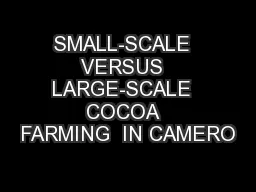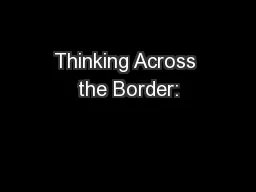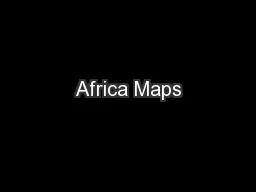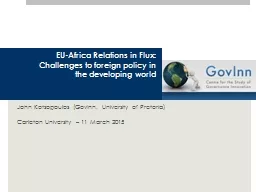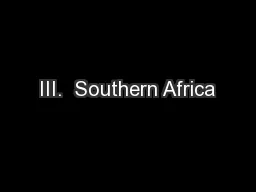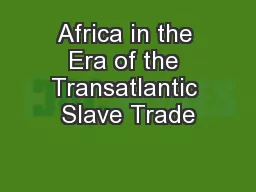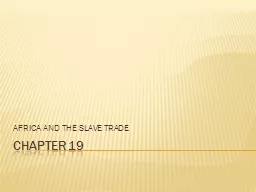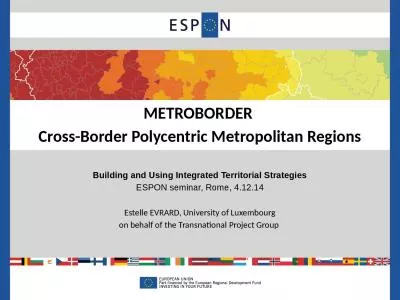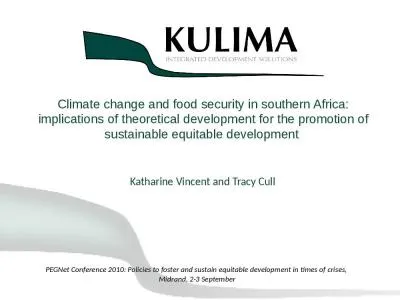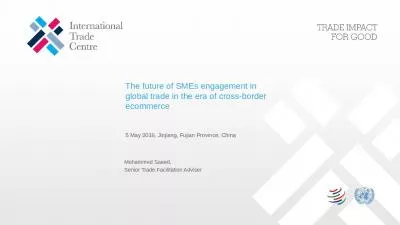PPT-Small Scale Cross Border Trade in Southern Africa
Author : lois-ondreau | Published Date : 2016-09-12
Sally Peberdy Gauteng CityRegion Observatory Johannesburg Email sallypeberdygcroacza w ith E Cambell amp Z Mokhomane T Green M Tsoka I Raimundo amp B Cau
Presentation Embed Code
Download Presentation
Download Presentation The PPT/PDF document "Small Scale Cross Border Trade in Southe..." is the property of its rightful owner. Permission is granted to download and print the materials on this website for personal, non-commercial use only, and to display it on your personal computer provided you do not modify the materials and that you retain all copyright notices contained in the materials. By downloading content from our website, you accept the terms of this agreement.
Small Scale Cross Border Trade in Southern Africa: Transcript
Download Rules Of Document
"Small Scale Cross Border Trade in Southern Africa"The content belongs to its owner. You may download and print it for personal use, without modification, and keep all copyright notices. By downloading, you agree to these terms.
Related Documents

